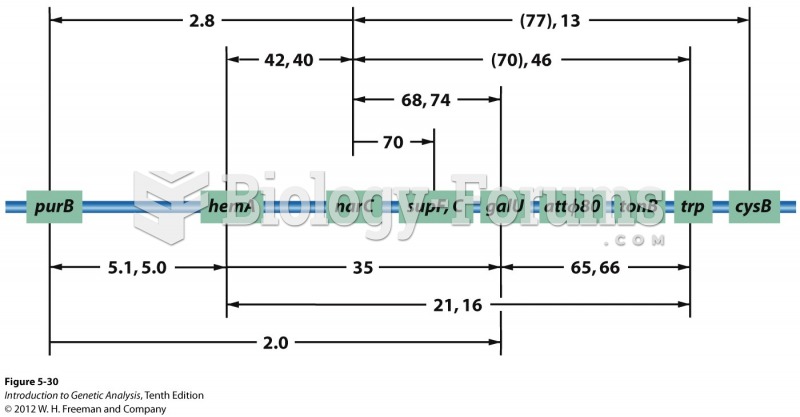Answer to Question 1
b
Answer to Question 2
The ratio of the brand's revenue to total category revenue is that brand's share of market (SOM). Similarly, the ratio of a brand's advertising expenditures to total category advertising expenditures is that brand's share of voice (SOV). SOV and SOM generally are correlated: Brands having larger SOVs also generally realize larger SOMs. This does not mean, however, the SOV causes SOM; in fact, the relationship between the two is bidirectional. A brand's SOV is partially responsible for its SOM; at the same time, brands with larger SOMs can afford to achieve higher SOVs, and smaller-share brands often are limited to relatively small SOVs.
By considering a brand's SOM and the competitor's SOV, a framework can be developed for evaluating whether a brand should increase or decrease its advertising expenditures (some students might reproduce Figure 8.6). If a brand has a relatively low SOM and its competitor's SOV is relatively high, managers for that brand should consider decreasing ad expenditures and finding a niche that can be defended against other small-share brands. If a brand's SOM is relatively high and its competitor has a high SOV, advertising expenditures should probably be increased to defend its position. If a brand's SOM is low and its competitor's SOV is also low, the general recommendation is to aggressively attack with a large SOV premium vis-a-vis that competitor. Finally, if a brand holds a high SOM but its competitor is nonaggressive and has a relatively low SOV, a brand can retain its present position by maintaining only a modest advertising spending premium over its competitor.







